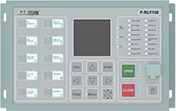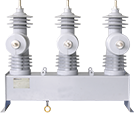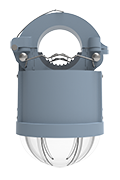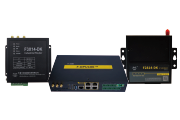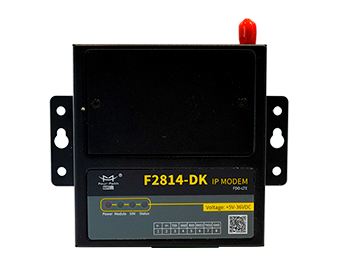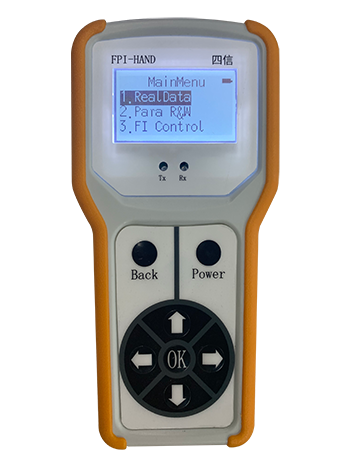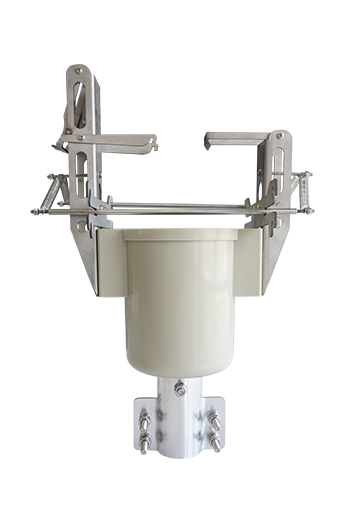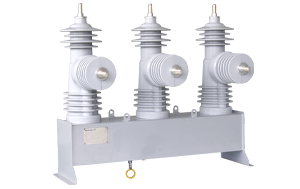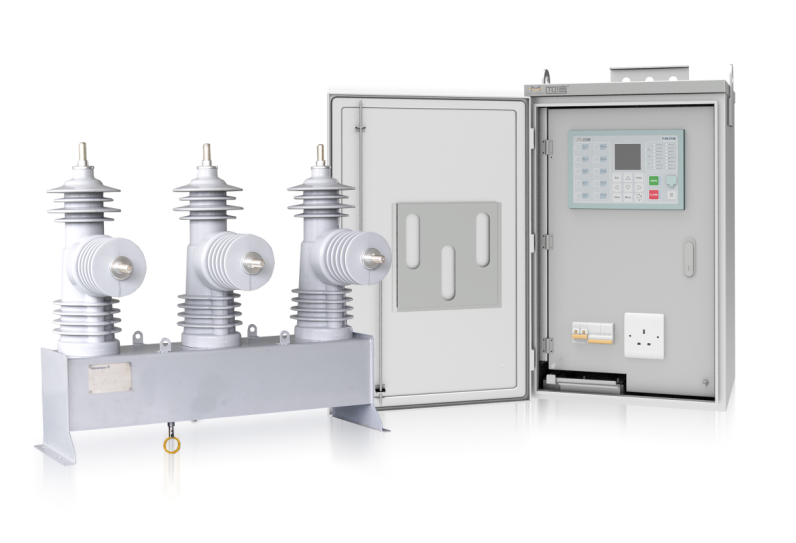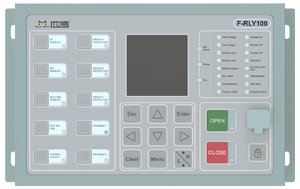News
Development Status of Low Voltage Distribution Cabinets
Date:2022-11-30
Low voltage distribution cabinets are products used to convert and configure electrical energy. The rated current of the low voltage distribution cabinet is AC 50Hz, and the power distribution system with a rated voltage of 380v is used for power conversion and control of power, lighting and power distribution. The product has the characteristics of strong breaking capacity, good dynamic and thermal stability, flexible electrical scheme, convenient combination, series, strong practicability, and novel structure.

1. Development status of low voltage distribution cabinets
1.1 Low-voltage complete switchgear and control equipment are commonly known as low-voltage switchgear, also known as low-voltage distribution cabinet, which refers to complete sets of electrical devices with AC and DC voltages below 1000V.
1.2 My country's low voltage distribution cabinet market has maintained a rapid growth trend with the implementation of smart grids, infrastructure construction, investment in manufacturing and the development of new energy industries.
1.3 Monitoring data show that in 2010, the overall sales of China's low voltage distribution cabinet market was 10.633 billion yuan, a year-on-year increase of 11.2%; in 2011, the overall sales of my country's low voltage distribution cabinet market reached 11.96 billion yuan, a year-on-year increase of 12.5%.
1.4 In an environment where the market demand for low voltage distribution cabinets in my country is booming, competition within the industry is bound to intensify, and suppliers who provide a new generation of low-voltage complete sets of equipment and system solutions will take the lead in future market competition. Enterprise products can only have The above characteristics can win certain advantages in the future competition, so as to seize the commanding heights of the fourth-generation low-voltage electrical products.
2. Maintenance method of low voltage distribution cabinet
The maintenance of low-voltage distribution cabinets is mainly to ensure the normal and safe operation of low-voltage distribution cabinets. The low voltage distribution cabinet should be inspected and maintained annually. Complete the maintenance with the least power outage time, and generally determine the owner's power outage time in advance.
2.1 Contents and steps of maintenance of low voltage distribution cabinets:
2.1.1 Overhaul should start from the low-voltage side of the transformer. After the power distribution cabinet is powered off, clean the dust in the cabinet, check whether the connection of the busbar and down-conductor is good, whether there is heat and discoloration at the joint point, check whether the cable head and the wiring pile head are firm and reliable, check whether the grounding wire is rusted, and whether the wiring pile head is Is it fastened. All secondary circuit wiring connections are reliable, and the insulation meets the requirements.
2.1.2 When checking the drawer switch, the drawer switch cabinet should be flexible when pushed in or pulled out, and the mechanical lock should be reliable. Check whether the automatic air switch operating mechanism on the drawer cabinet is in place and whether the wiring screws are fastened. Clean the dirt on and around the contact surface of the contactor, and check whether the contact of the contactor is in good condition. If the contact is not in good contact, you can slightly repair the surface of the contact if necessary. 1/3 of the thickness) the contacts should be replaced. The power indicating instrument and the indicator light are in good condition.
2.1.3 When overhauling the capacitor cabinet, first disconnect the main switch of the capacitor cabinet, discharge the capacitors to the ground one by one with a wire of more than 10mm2, and check the appearance of the shell in good condition without oil leakage. If the capacitor shell expands, It should be dealt with in time, and the discharge device, the wiring screw of the control circuit and the grounding device should be replaced. After switching on, carry out the debugging of the indicating part and the automatic compensation part.
2.1.4 Overhaul of circuit breakers in receiving cabinets and contact cabinets: first disconnect all loads, and then shake out the circuit breaker with the handle. Re-tighten the wiring screws and check whether the elasticity of the knife edge meets the requirements. Check whether the arc chute is broken or damaged, manually adjust whether the opening and closing of the mechanical interlock is accurate, check whether the contacts are in good contact, repair the surface of the contacts if necessary, and check whether the internal springs, gaskets and screws are loose, deformed and fall off .
2.2 Overhaul of the transformer cabinet:
2.2.1 The following steps should be followed before operation: disconnect the load on the low-voltage side one by one, disconnect the circuit breaker on the high-voltage side, close the grounding switch, and lock the high-voltage switchgear Gate, someone is working" signboard, then short-circuit the busbar with a wire of more than 10mm2 and hang the ground wire, and tighten the busbar screws.
2.2.2 Maintenance operation steps: clean the busbar contacts again, apply electric compound grease, fasten them with new spring washer screws, check the insulators and spacing connections between busbars for abnormalities, check the current and voltage , The reliability of the terminal connection of the secondary winding of the transformer.
2.2.3 Inspection and test before power transmission: remove all ground wires and short wires, check whether tools are left on the work site, and after confirming that they are correct, close the isolating switch, disconnect the grounding switch on the high-voltage side, and close the circuit breaker on the high-voltage side of the operating transformer. Remove the sign board, send power to the transformer, then close the circuit breaker of the receiving cabinet on the low-voltage side, send power to the busbar, and finally close the relevant contact cabinet and the automatic air switch of each branch.
2.3 Precautions:
2.3.1 Special personnel must be assigned to monitor during the maintenance process.
2.3.2 Electrical inspection must be done before work.
2.3.3 Maintenance personnel should be familiar with and operate the electrical and mechanical interlocking of the entire power distribution cabinet.
2.3.4 During maintenance, it is necessary to know in detail which lines are dual-wire power supply.
2.3.5 When overhauling the busbar, the residual charge in the line should be fully discharged.
3. Inspection process of low voltage distribution cabinet
The inspection process of low-voltage distribution cabinets is divided into two parts:
3.1 is the inspection of the structural part, that is, the inspection of the size of the cabinet. If it is a random inspection of the standard cabinet, it will be fine.
3.2 is the electrical inspection. In the electrical aspect, first check the component model according to the technical drawing, check the moment of the lap point, and make a mark (this work is very laborious, 100% inspection is required), and at the same time, pay attention to the creepage distance and whether the phase distance is Comply with the standard, whether the wiring meets the company's process requirements, etc. Then check whether the main circuit and control circuit are correct, and the circuit mainly uses a multimeter to measure the line. Finally, power on and test whether the electrical function meets the requirements of the drawing, and an inspection report must be issued if it is qualified.
4. Wiring of low voltage distribution cabinet
4.1 Site selection: In order to ensure the normal and safe operation of the low voltage distribution cabinet, the location of the low-voltage power distribution room should be close to the load center, and there should be no dust, corrosive media, etc. in the place where it is placed, otherwise it should be cleaned in time. In order to ensure safety, the environment is the best It is better to be relatively dry, and there should be no vibration as much as possible in the place of installation.
4.2 Arrangement of power distribution equipment: The distribution equipment of the low-voltage power distribution room must be arranged under the premise of safety, reliability, applicability and economy, and it must also be convenient for installation, operation, handling, maintenance, testing and monitoring. The high and low voltage electrical equipment rooms located in the same room and the power distribution cabinets arranged in rows must have appropriate distances and channel exits. Necessary safety measures should be taken when arranging power distribution equipment, such as naked charged bodies with dangerous potentials, should be shielded or placed out of the reach of people. When it is difficult to use shields and covers, barriers can be used for protection.
4.3 The layout of power distribution lines should meet the conditions: conform to the environmental characteristics of the placement site, conform to the characteristics of the building, consider that the distance between people and lines should be moderate, consider the electromechanical stress that may occur due to short circuits, and consider the conditions of installation and use. Other stresses and wire weights that the wiring may experience during the process.
4.4 What factors will affect the use of the distribution line layout: prevent external heat from affecting use, prevent water from affecting use, prevent external mechanical damage from affecting use, prevent wiring from affecting use, and prevent strong radiation from affecting use.

